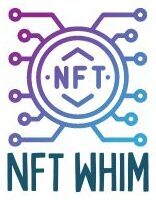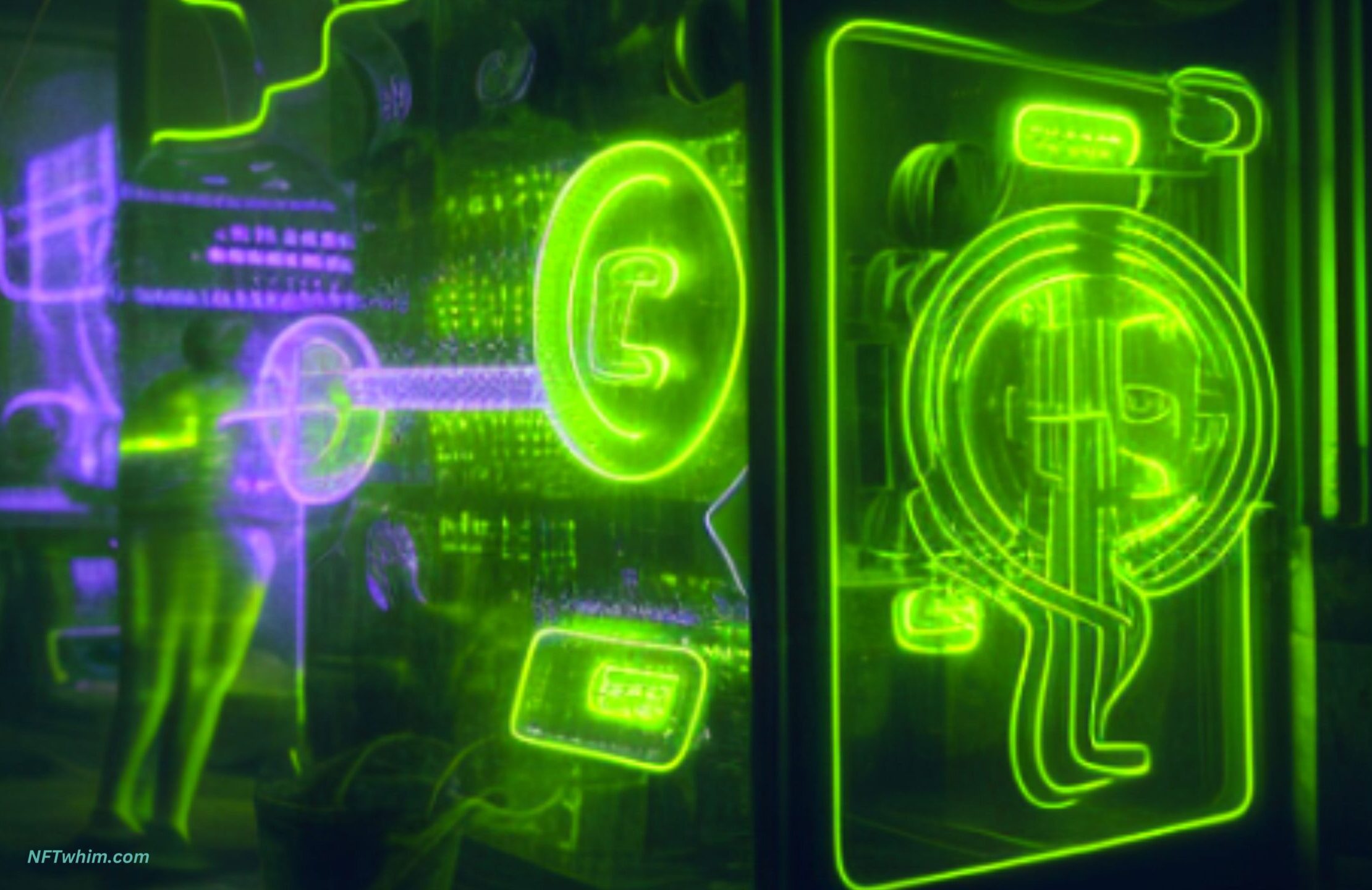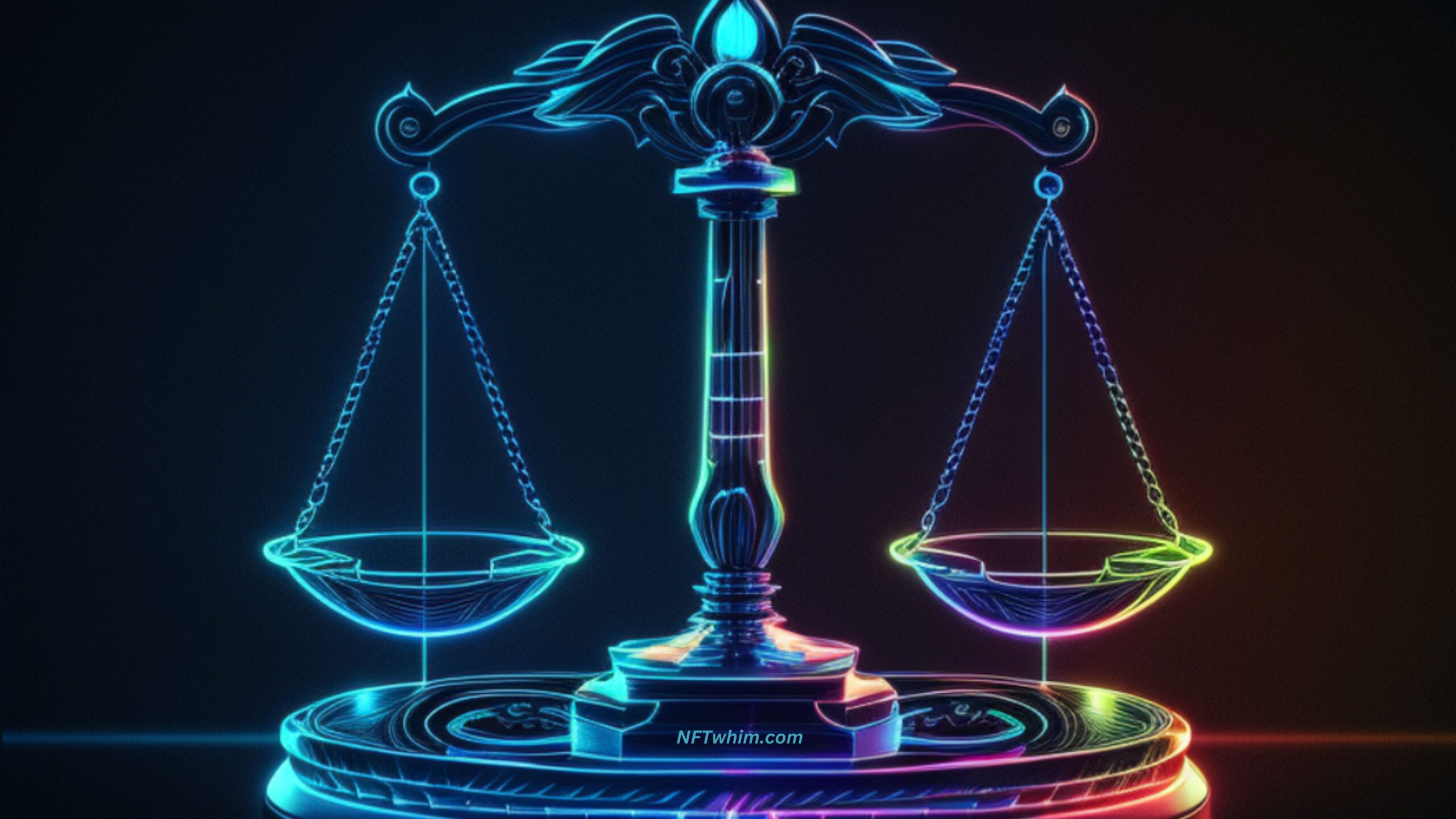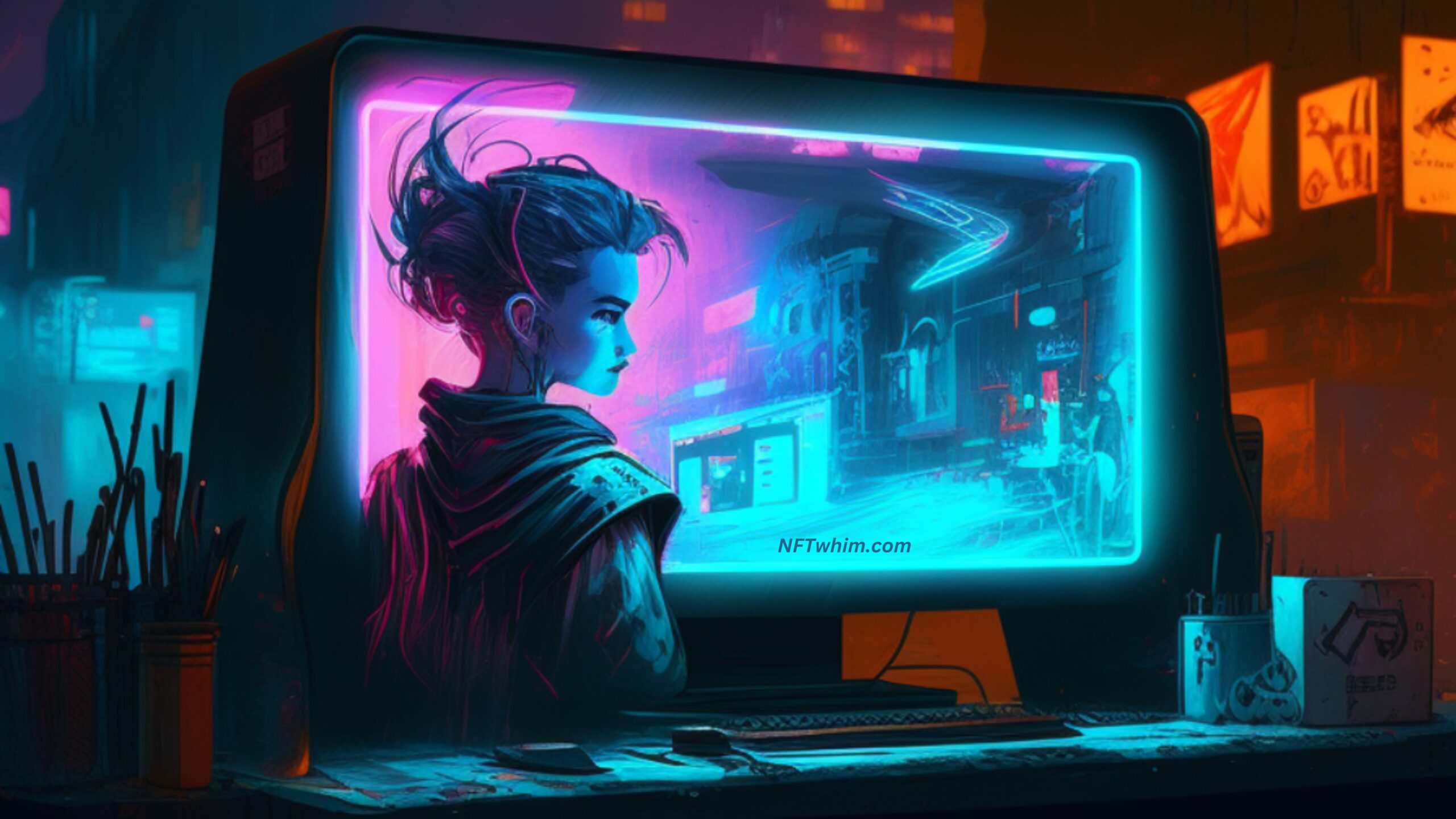Hello there! In today’s world, everything is digital, and Non-Fungible Tokens (NFTs) are the newest trend that has taken the world by storm. NFTs are unique digital assets that are stored on a blockchain and verified using smart contracts. They have gained popularity in recent years because of their ability to provide a way for creators to sell their unique works of art, music, and more, as digital assets. One question that has been on the minds of many business owners, creators and artists is whether it is possible to put their logo on an NFT.
It is possible to put a logo on an NFT. Several brands have already put their logos on NFTs, such as Pizza Hut, Taco Bell, and Coca-Cola. Putting a logo on an NFT can promote a brand, increase brand recognition, and provide a new revenue stream. However, there are potential drawbacks to consider, such as copyright infringement, and the fact that the logo might draw attention away from the NFT’s artwork.
Ok, after this spoiler, we’ll now dive deeper into the question of whether you can put a logo on your NFT, and explore all the details about the world of NFTs and logos.
Let’s start by briefly defining what an NFT is.
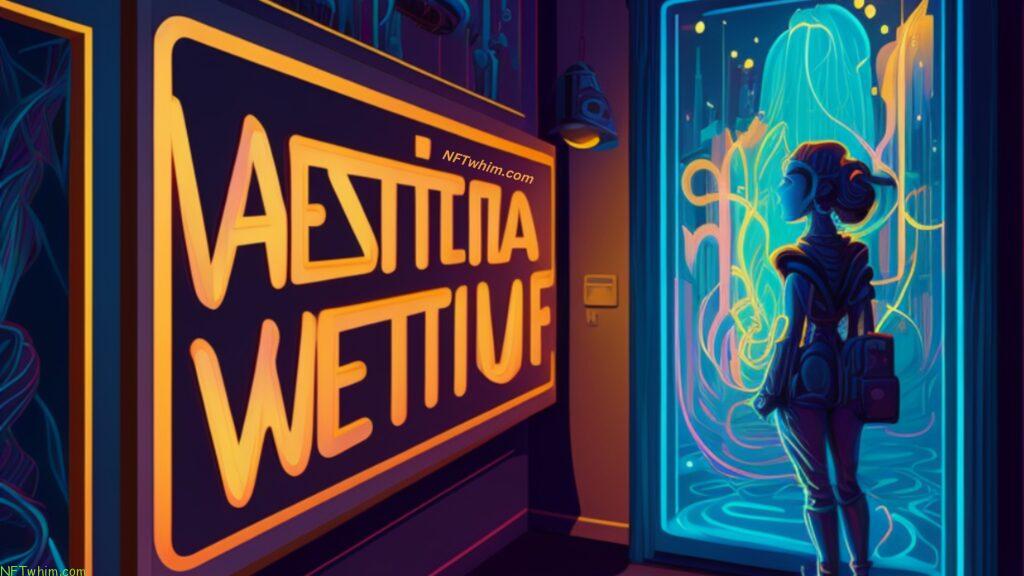
But before we start, here is a comprehensive article about the all the legalities surrounding NFT creation that may also interest you.
What is an NFT?
An NFT, or Non-Fungible Token, is a digital asset that is verified using blockchain technology. NFTs represent ownership of a unique piece of digital content, such as art, music, videos, or other digital creations. Unlike other cryptocurrencies such as Bitcoin, which are fungible, meaning that they can be traded for another coin of equal value, NFTs are unique and cannot be traded for another NFT of the same value.
NFTs have gained popularity because of their ability to provide a way for creators to monetize their unique works of art, music, and other digital assets. They allow creators to sell their works as digital assets, providing a new avenue for income.
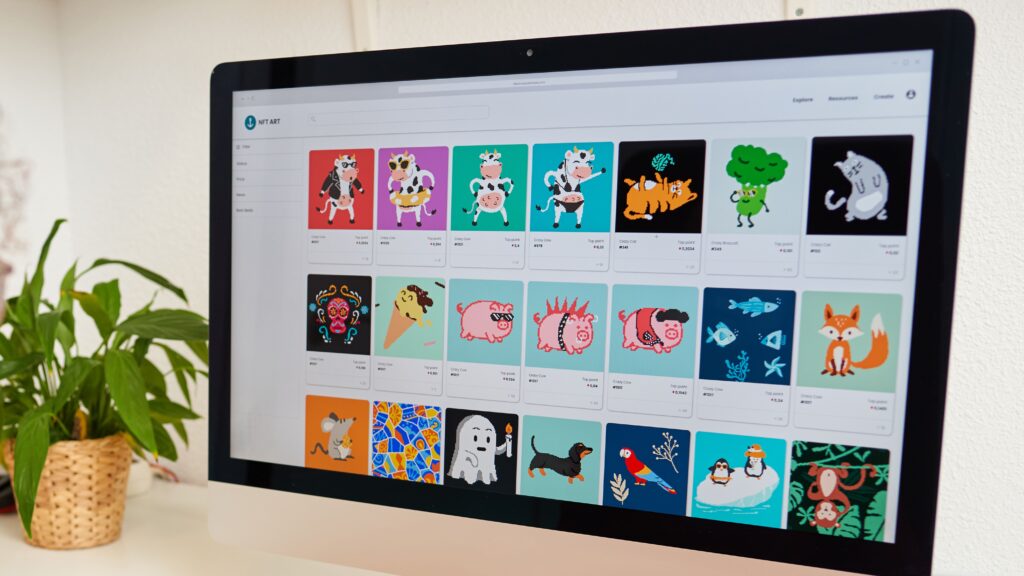
What is a logo?
A logo is a design or symbol that represents a brand. It is an essential element of a brand’s identity, and it is used to promote brand recognition and recall. A logo can be simple or complex, and it can be created using text, images, or a combination of both.
The Importance of a Logo for a Brand
A logo is an essential element of a brand’s identity. It is the visual representation of a brand, and it is often the first thing that people notice about a company. A well-designed logo can help a brand to stand out from its competitors and to communicate its values and message to its audience.
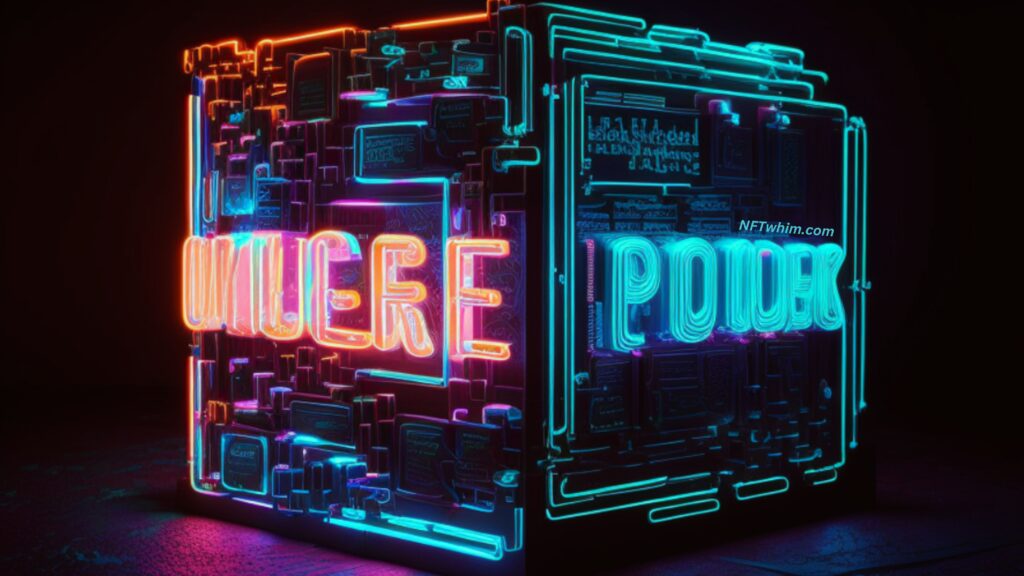
Different Types of Logos and Their Uses
There are several types of logos, including wordmarks, lettermarks, brand marks, and combinations marks. Each type of logo has its unique design elements and uses.
Wordmarks are logos that use only the brand’s name, often stylized in a specific font. Examples of companies that use wordmarks include Coca-Cola and Google.
Lettermarks are logos that use only the initials of the brand’s name, often stylized in a specific font. Examples of companies that use lettermarks include IBM and CNN.
Brand marks are logos that use an abstract or symbolic design to represent the brand. Examples of companies that use brand marks include Apple and Nike.
Combination marks are logos that use a combination of text and symbols to represent the brand. Examples of companies that use combination marks include McDonald’s and Burger King.
Can You Put Your Logo on an NFT?
The answer is yes; you can put your logo on an NFT. In fact, several brands have already put their logos on NFTs, such as Pizza Hut, Taco Bell, and Coca-Cola.
Putting your logo on an NFT can provide several benefits. It can help to promote your brand, increase brand recognition, and even provide a new revenue stream. However, it’s essential to consider the potential drawbacks of putting your logo on an NFT as well.

Pros and Cons of Putting Your Logo on an NFT
One of the main benefits of putting your logo on an NFT is that it can help to promote your brand. By creating an NFT that represents your brand, you can increase brand recognition and recall among your target audience.
Additionally, putting your logo on an NFT can also provide a new revenue stream. You can sell your NFTs as unique digital assets, providing your audience with an exclusive and valuable item that they can own. This can be a great way to monetize your brand and create a new income source.
However, there are also potential drawbacks to putting your logo on an NFT. For example, there is the risk of copyright infringement. If you use a copyrighted logo without permission, you could face legal action.
Also, putting a logo on your NFT, especially if it’s not a world-famous brand, might put collectors off, as it can draw focus away from the image’s artwork.
Additionally, the value of NFTs is of course still somewhat uncertain in general, and it’s thus naturally unclear how much revenue you can generate from selling them.
Overall, putting your logo on an NFT can be a great way to promote your brand and create a new revenue stream. However, it’s important to consider the potential drawbacks and to ensure that you have the necessary permissions and legal protections in place before proceeding.

How to Create (Mint) Your Logo NFT at a Marketplace
Now that we’ve established that it’s possible to put your logo on an NFT let’s explore how you can do it. Here are the steps to follow:
- Choose an NFT platform: Choose an NFT platform that suits your needs. There are several NFT platforms available, such as OpenSea, Rarible, and Nifty Gateway.
- Create an account: Create an account on your chosen NFT platform.
- Choose a wallet: Choose a cryptocurrency wallet that is compatible with your chosen NFT platform. Most NFT platforms support wallets such as MetaMask and Trust Wallet.
- Create your NFT: Use the tools provided by your chosen NFT platform to create your NFT. You can use your logo as the primary visual element of your NFT.
- Upload your NFT: Upload your NFT to your chosen platform.
- Set a price: Set a price for your NFT based on the value you believe it has.
- Sell your NFT: Once you’ve set a price, you can sell your NFT on the platform.

Legal Implications of Putting Your Logo on an NFT
Before putting your logo on an NFT, it’s essential to consider the legal implications. Copyright and intellectual property laws protect logos, and you could face legal action if you use a copyrighted logo without permission.
Additionally, it’s important to consider the ownership and rights to your NFT. When you create an NFT, you are essentially creating a unique digital asset that you can sell. However, it’s important to ensure that you have the necessary rights and permissions to the content you use to create your NFT.

Conclusion
In conclusion, putting your logo on an NFT can be a great way to promote your brand and create a new revenue stream. However, it’s important to consider the potential drawbacks and legal implications before proceeding. By following the steps outlined above and ensuring that you have the necessary permissions and legal protections in place, you can create a unique NFT that represents your brand and provides value to your audience.
NFTs are still a relatively new and evolving technology, and it’s unclear what their future holds. However, one thing is certain: NFTs have the potential to transform the way we think about digital ownership and provide new opportunities for creators and brands alike. So, go ahead and explore the world of NFTs and logos; you never know what unique digital asset you might create!
Robin
Author: Robin Olsson
Author Bio: I’m Robin and on this website, I share everything I’ve learned since getting into NFTs in 2021. I have a background in research and I’ve been in crypto for several years. You can read more about me here.
